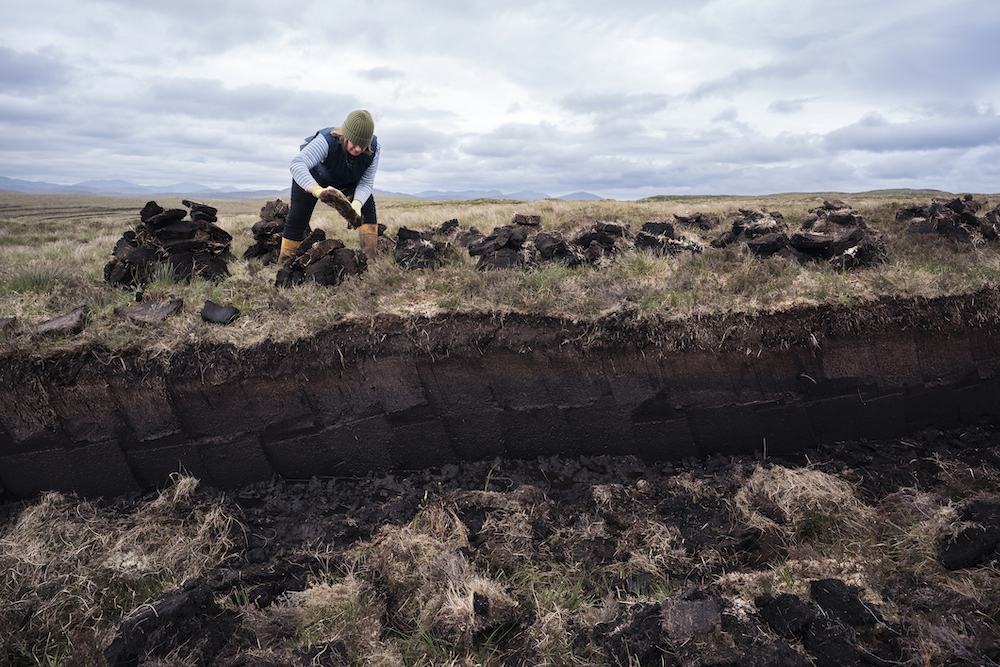- Ireland is trying to end one of its most traditional energy sources, the burning of peat for heat and electricity.
- The country’s move away from peat is opening up development of alternatives, including wind farms.
- Reducing the burning of peat for fuel will help the country meet its aggressive target of cutting carbon emissions by 7% each year through 2030.
Ireland is phasing out one of its oldest — and most environmentally harmful — methods of generating power, closing down plants that burn peat and encouraging the development of alternatives including wind farms.
The damage may already be done, environmentalists warn.
“It is blatantly evident to see the loss of habitat in this country,” Tristram Whyte of the Irish Peatland Conservation Council said in written comments to Karma. “It is very hard to find a bog which hasn’t been drained or stripped of its living layer.”
Ireland is pushing an aggressive plan to reduce carbon emissions by 7% each year through 2030, part of its attempt to reach the European Union-wide target of zero emissions by 2050. A key component of the effort is ending the use of peat — deep layers of partially decayed moss and other plant matter — for fuel, a tough task for a country that has had to rely on it for centuries because it has little of its own coal, oil or gas.
And using peat for fuel is very bad for the environment.
Burning it for electricity emits more carbon dioxide than coal and almost twice as much as natural gas. While peat generated almost 8% of Ireland’s electricity in 2016, it caused 20% of the energy sector’s carbon emissions.
Moreover, peatlands are a natural carbon sink, so when they are stripped it releases a high amount of carbon into the air. Peatlands cover only about 2.8% of the world’s land surface, they contain as much as 30% of all the carbon stored in soils worldwide. A 2013 study found that each hectare of industrially drained and stripped peatland emitted 2.1 tons of carbon per year, about equal to driving a car 18,600 miles.
Peat power peaked in the 1960s, providing 40% of Ireland’s electricity. In recent years the country has closed six peat-burning power plants and plans to shut the remaining three. Peat accounted for less than 14% of the country’s electricity generated in 2018.
One alternative Ireland is promoting is wind power, but there’s been little done to examine what impact wind farms will have on Ireland’s environment.
The country has “seen a race from wind-development companies seeking to plant turbines on every mountain blanket bog,” said Whyte, who is the conservation council’s conservation, policy and fundraising officer. “It is getting worse as more and more companies strive to build bigger and better wind farms — and all of them are saying they are doing it for the greater good and how amazingly green they are. Yet the implications of this on peatland habitat is still not known.”
Of equal concern, he said, “Many families still depend on peat for home heating.” And that practice is largely unregulated.
But, he added, the global COVID-19 pandemic may be creating more awareness among Ireland’s population.
“We have definitely seen a move for people to be interested in their local area and environment, with local groups being active due to the lockdowns,” Whyte wrote. “People are interested in restoring their local biodiversity hotspots.”






















